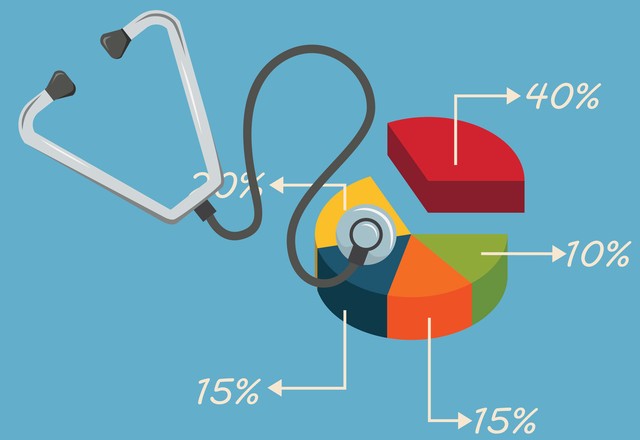All-Payer Claims Databases Offer Insights into Healthcare Spending
The data from an all-payer claims database can reduce wasteful healthcare spending by supporting population health and analytics-driven healthcare decision making.

Source: Thinkstock
- All-payer claims databases (APCDs) allow payers, providers, and regulators to analyze claims from millions of beneficiaries to learn where spending is directed and whether or not spending on certain healthcare services is avoidable.
State-level all-payer claims databases can help stakeholders to manage population health and identify opportunities to reduce wasteful or preventable healthcare spending within the commercial and public insurance sectors.
Sixteen states currently have APCDs in operation, while many more are considering developing regional systems that allow public access to data on provider charges, payments, diagnoses, and patient demographics.
Employers, and the commercial payers that provide them with insurance coverage, may have some of the most significant opportunities to benefit from the insights an APCD can provide. Up to $2 billion in annual employer spending is wasteful, said a 2017 report by the American Health Policy Institute (AHPI).
Since employer-sponsored health plans spend $10 billion annually on health insurance, that means that up to 20 percent of their expenses are either wasteful or preventable, notes AHPI.
Additional data released by the Virginia Center for Health Innovation found that 36 percent of designated healthcare services in Virginia alone were deemed to be wasteful. 2.4 percent of the estimated $497.50 in per member per month claims were wasted.
An APCD can help to reduce this unnecessary spending by educating stakeholders about opportunities to reduce over-utilization and make better decisions about preventable healthcare use. Armed with comprehensive data, payers can work with their contracted providers to streamline services and ensure that best practices for clinical care are being applied at scale.
Several states have already seen success with these strategies. Participants in certain CMS Health Care Innovation Award programs used APCD claims data to cut healthcare costs to save $150 per beneficiary per quarter, while Minnesota used payer-submitted information within the state’s all-payer database to find a $2 billion cost-savings opportunity in 2015.
At the time, claims data allowed Minnesota to determine that 1.3 million hospital and ED visits were unnecessary and that two out of three ED visits could have taken place within a less expensive setting, such as a primary care provider or an urgent care center.
Minnesota officials also identified 20,000 preventable visits and 50,000 potentially preventable visits. The top three conditions for potentially preventable admissions included pneumonia (13 percent), heart failure (12.1 percent), and COPD (8.1 percent).
The Center for Data Innovation (CDI) determined that maintaining APCDs can cost a state million in operating expenses, but using the data to reduce wasteful spending could help drastically offset data collection expenses.
Researchers at the West Health Policy Center WHPC estimated that widespread adoption of APCD and the resulting improvements in population health management could create a $61 billion savings opportunity for the healthcare industry.
The data within an all-payers claim database also helps state governments and participating payers learn when low-cost healthcare services are being over-utilized.
While low-cost services may not seem like an important area of focus, overutilization quickly adds up to significant spending. For example, a research team reviewing Virginia’s APCD data found that in-expensive and low-cost healthcare services amounted to $586 million, or $9.09 per beneficiary per month, in unnecessary healthcare spending.
Additional data from the state’s database found that low-cost services accounted for 2.1 percent of the state’s healthcare spending total. Providers in the state ordered 5.4 million low-cost services, 93 percent of which cost between $100 and $583.
The data used by researchers helped find the most wasteful spending categories which included $227.8 million in unnecessary lab tests, $41 million in EKGs, and $20.6 million in unnecessary vitamin D screenings.
Payers can expand their investments in cost management by taking advantage of APCD data. The data from these shared resources can add another dimension to the process of combating high care costs and improving the delivery of quality care for chronic and acute conditions.
Payers that operate in one of sixteen states with an APCD have legislative requirements to submit data. Some states like California and Oklahoma also have voluntary APCD data submission and encourage commercial and public payers to submit claims data. Both mandatory and voluntary APCDs borrow a set of APCD Council standards such as timelines and definitions of healthcare spending waste/inefficiency.
Payers can move the needle towards an economically-efficient healthcare environment by actively submitting data to APCDs and taking advantage of the population health management and healthcare spending insights they have to offer.
